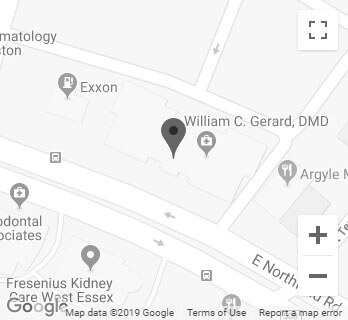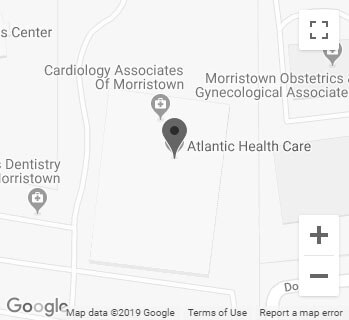What is geographic atrophy?
Geographic atrophy is the advanced stage of dry age-related macular degeneration (AMD). This condition greatly impairs your central vision. If you have geographic atrophy, you’ll have blind spots or waviness in your central view, and you’ll lose some sharpness of vision.
How common is geographic atrophy?
More than 8 million people in the world have geographic atrophy. About 20% of patients with AMD develops geographic atrophy. Geographic atrophy is one of the leading causes of blindness and low vision in the developed world.
Symptoms
- Decreased vision
- Difficulty reading or driving
- A dark spot, or blind spot, in your central vision.
- Difficulty seeing in dim light.
- Colors are less vibrant and bright.
Diagnosis and Tests
A retina specialist will diagnose geographic atrophy through a comprenhesive in-office dilated exam along with diagnostic testing including fundus autofluorescence, Optical coherence tomography, and fluorescein angiogram.

Treatment
The FDA has approved the two medications for the treatment of geographic atrophy. Pegcetacoplan (SYFOVRE) and Avacincaptad pegol (IZERVAY) are intraocular injections to slow down the progression of geographic atrophy. Dr. Xia and Dr. Kanter will assess your retinal diseases to see if you are a good candidate for these treatments. These injections will be given either monthly or every other month.
Schedule your consultation with our retina specialists today to see if you need treatment for your macular degeneration.






